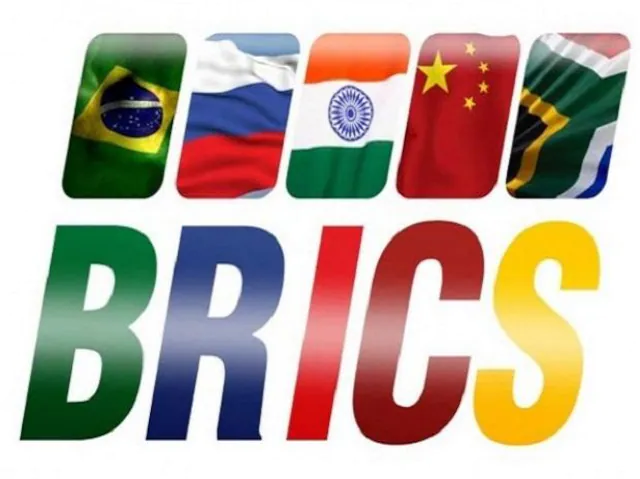No more than 1% of PMJDY account holders-3.1 million beneficiaries-use overdraft facilities available to them, and 17% of PMJDY accounts are 'zero-balance'
Up to 80% of Indians now have a bank account, the same proportion that have a mobile phone, but financial inclusion levels are still among the world’s worst, lower than sub-Saharan Africa on some counts, according to a new report.
Despite the availability of mobile-banking services and the narrowing of gender, wealth and education gaps in account ownership, few account holders are using facilities available to them, raising doubts around improvements for financial inclusion, according to the latest Global Findex
Survey released by the World Bank in April 2018.
India’s unbanked population has been the target of the government’s flagship Pradhan Mantri Jan Dhan Yojana (PMJDY), or the Prime Minister’s People’s Wealth Programme, launched in 2014. It has been largely responsible for the rapid increase in opened accounts, the Global Findex report said.
No more than 1% of PMJDY account holders–3.1 million beneficiaries–use overdraft facilities available to them, and 17% of PMJDY accounts are “zero-balance”, meaning they are not used,
recent data show, although that is down from 25% in 2016 and 75% in 2014.
There is no marked improvement in access to formal credit, and 38% of Indian accounts are inactive–meaning, there were no withdrawals or deposits over the course of a year–suggesting that many Indians are still not integrated into the formal banking system.
Participation in and effective use of financial services can help drive development goals by aiding investment in education and health, helping to manage financial emergencies and reduce dependency on cash, the report said.
India not yet benefitting from mobile banking
The proportion of the Indian population accessing financial institution accounts from their phones or the Internet, making digital payments or using mobile money wallets is significantly lower than in other developing economies.
In 2017, 5% of Indians accessed a financial institution account from their phone or the Internet, and 2% of the population owned a mobile money account, the Global Findex data show.
Compare this to sub-Saharan Africa, where 21% of adults had a mobile money account in 2017, the highest anywhere in the world and a 50% increase since 2014. Digital payments are also more widespread, with 97% of adults in Kenya making a digital payment in 2017 and 60% in South Africa, compared to 29% in India.(Read More)


No comments:
Post a Comment